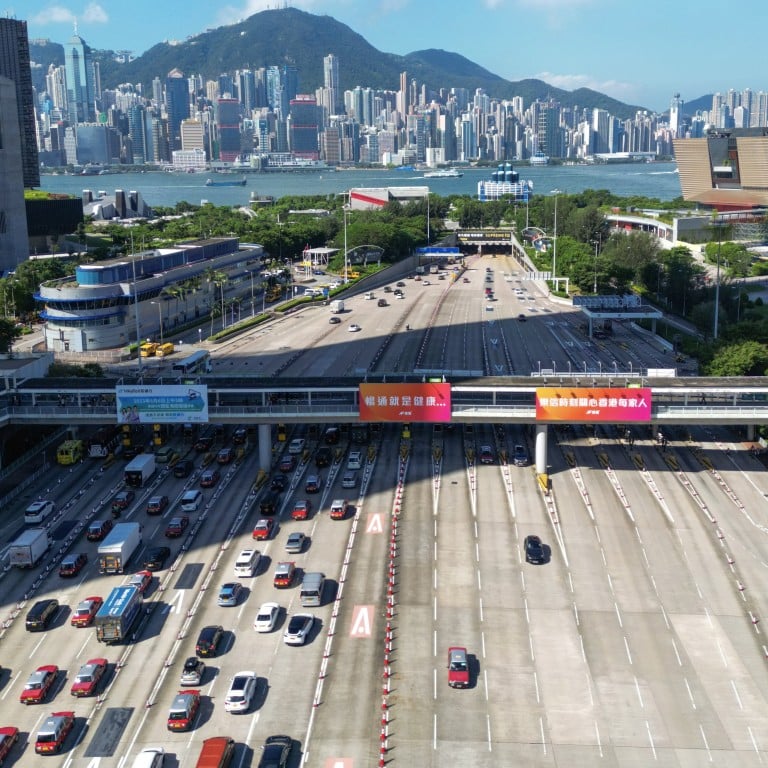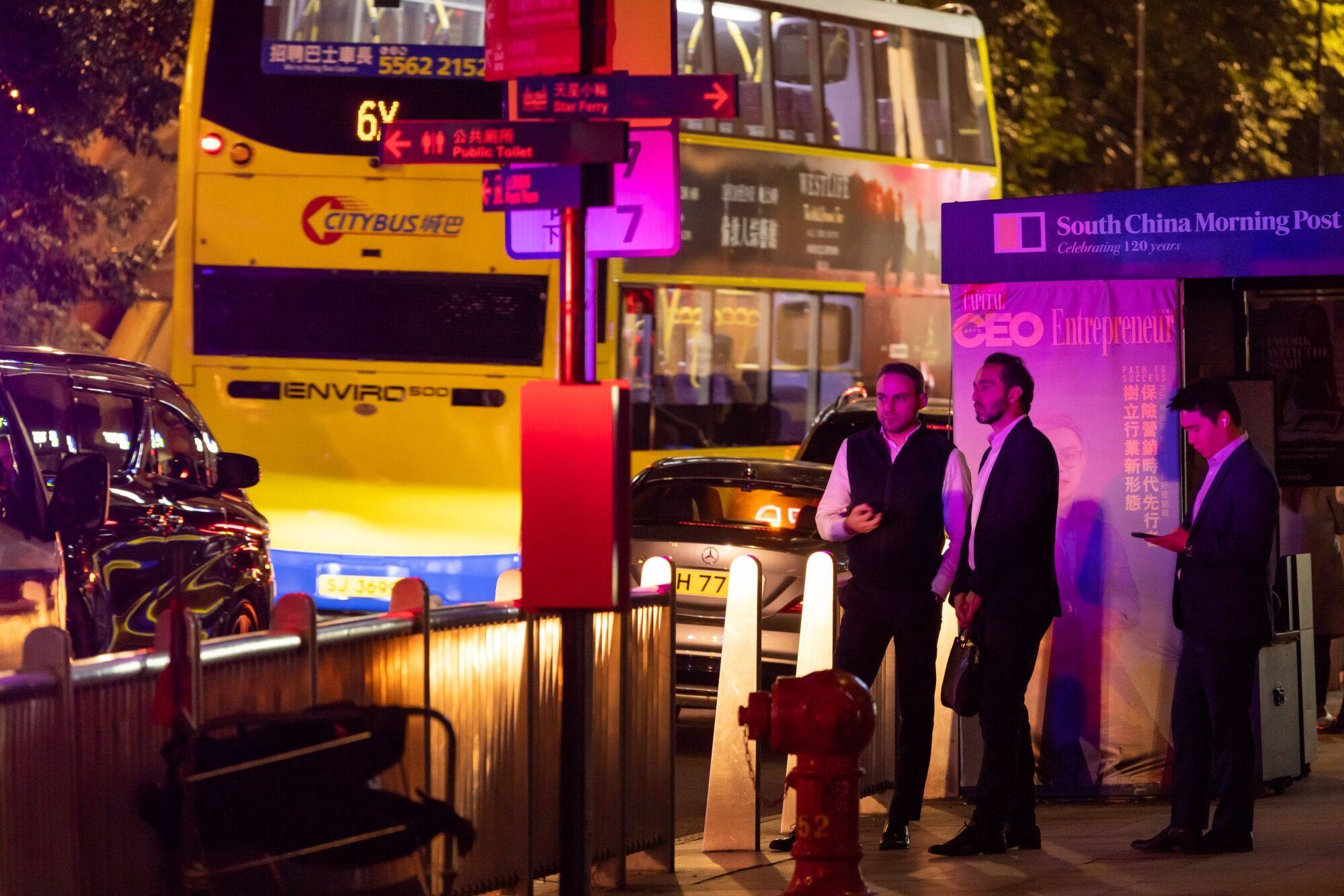
How HKeToll can make Hong Kong a better city at the street level
- When time-varying tolls are introduced at the three cross-harbour tunnels, Hong Kong will have a form of congestion charging for the first time
- The charging system could be extended to congested roads which are not tunnels, and free up road space for pedestrians and landscaping
Under the new plan, tolls for private cars using the Western Harbour Tunnel at peak periods will be higher than for the other two tunnels. But all three tunnels will charge the same toll during non-peak hours. The cheapest period is from 7.38pm to 7.29am, when it will be HK$20 for all three tunnels.
Private cars using the Cross-Harbour and the Eastern Harbour Tunnels will pay HK$40 at peak periods in the morning and the evening and HK$30 during the normal period, between 10.23am and 4.29pm. There are a few brief transition periods every day, when there will be progressive charges.
Unfortunately, there is a fixed HK$50 charge for trucks. A reduced charge of, say, HK$20 ought to be implemented for goods vehicles during non-peak hours, to reduce heavy vehicle traffic on the streets at busy times of the day.
The pricing structure is intended to flatten out peak traffic and encourage car use at less busy times. But the higher peak charges will probably also discourage people from using cars. This system should have an impact on how people commute.
New York offers Hong Kong a blueprint for embracing car-free streets
The variable charging system for tunnels is likely to reduce the peak volume of car traffic in many areas, not just the tunnels. The digital pricing system can be easily adjusted to be more responsive to traffic flows.
The charging system could also be extended to other congested roads which are not tunnels, to generally control traffic flows.
A consequence of all of these changes is that there will be less need for vehicles to take up road space in areas like Central. There are enormous areas of underused road paving, very few trees and little landscaping in our older streets. Footpaths are narrow and congested, with inadequate and inconvenient crossing facilities for pedestrians. The design of public space in our central business district is outdated and the environmental quality poor.

Now is the time to grab this space for people, trees and a high-quality urban environment designed for the future. We need to mitigate sustained high temperatures, and better meet pedestrian needs in a time of climate change.
Freeing more road space from vehicles should be an indirect outcome of the new charging system, and of the recent improvements in accessibility of the railway and bus services.
There will always be a question of whether public road space should be used to park cars, rather than for moving cars, pedestrians and greening. The 2022 digitalisation of parking meters provides scope for better management.
Now is the time to review this and introduce variable parking charges – higher fees during peak periods, and lower charges during non-peak periods. This is the same approach as the HKeToll system and would help reduce congestion.
The quiet changes brought by digital urban management systems provide greater confidence that the city will keep moving. We now need to take this rare opportunity to make the city a better place for people at the street level.
Ian Brownlee is managing director of Masterplan Limited, Planning and Development Advisors, and a member of pedestrianisation advocacy WalkDVRC


